Trending
Opinion: How will Project 2025 impact game developers?
The Heritage Foundation's manifesto for the possible next administration could do great harm to many, including large portions of the game development community.

The advancing graphical power of modern consoles is one of the traits that major platform holders like Microsoft and Sony want to strongly showcase in their big-ticket games. Great game design and memorable characters are also key factors, but being able to point at a game working the console to its maximum limits and going "look how gorgeous the graphics are!" is important for selling boxes.
But while everything from advanced cloud technology to hyper-realistic ray-tracing tends to take center stage when talking about improved graphics, Sony's in-house studios have been pushing another boundary: highly-detailed and expressive art direction. In Marvel's Spider-Man 2, the artists and engineers at Insomniac Games have done an excellent job showing off what can be done with the PlayStation 5's high-powered graphics. It's not just about making game worlds more realistic—it's about filling them with eye-grabbing details that bring the story to life.
To really signal how Insomniac has reached a high-water mark in this field, we need to talk about Aunt May's famous wheatcake recipe.
Early in Marvel's Spider-Man 2, players guide Peter Parker through the house of his deceased Aunt May, who passed away in the finale of Marvel's Spider-Man. Peter's having trouble cleaning out her house, belabored by his duties as Spider-Man and his lingering grief.
But enough about that sappy stuff. We're here to talk wheatcakes.
During this setpiece, players are tasked with picking up some leftover trash and throwing it into a bin in the kitchen. Each of these objects is rendered in fine detail so that Pete can hold it up to the camera and comment on the bit of his backstory they represent. While hauling the trash to the kitchen, I did a double take upon passing the fridge. There on its surface was what looked like a fully legible recipe card.
"Surely not," I thought. "That just has to be lorem ipsum scribbling." But I popped into photo mode, zoomed in, and sure enough—it was a recipe card.
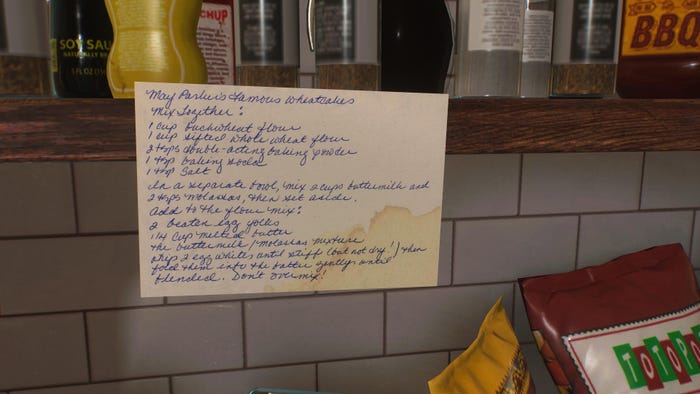
The stain on the bottom right is probably from the molasses. (Image via Sony)
Two roads diverged in the path before me. Down one road, I would snap a screenshot, go "huh!" and prepare to share it on social media when the embargo lifted. Down the other road lay an unusual possibility: testing to see if this recipe deserved to be as "famous" as Aunt May claimed it to be.
I chose the latter path.
It took a few days (and running to two grocery stores to find the buckwheat) but with a little bit of effort, I whipped up a batch of Aunt May's famous wheatcakes.
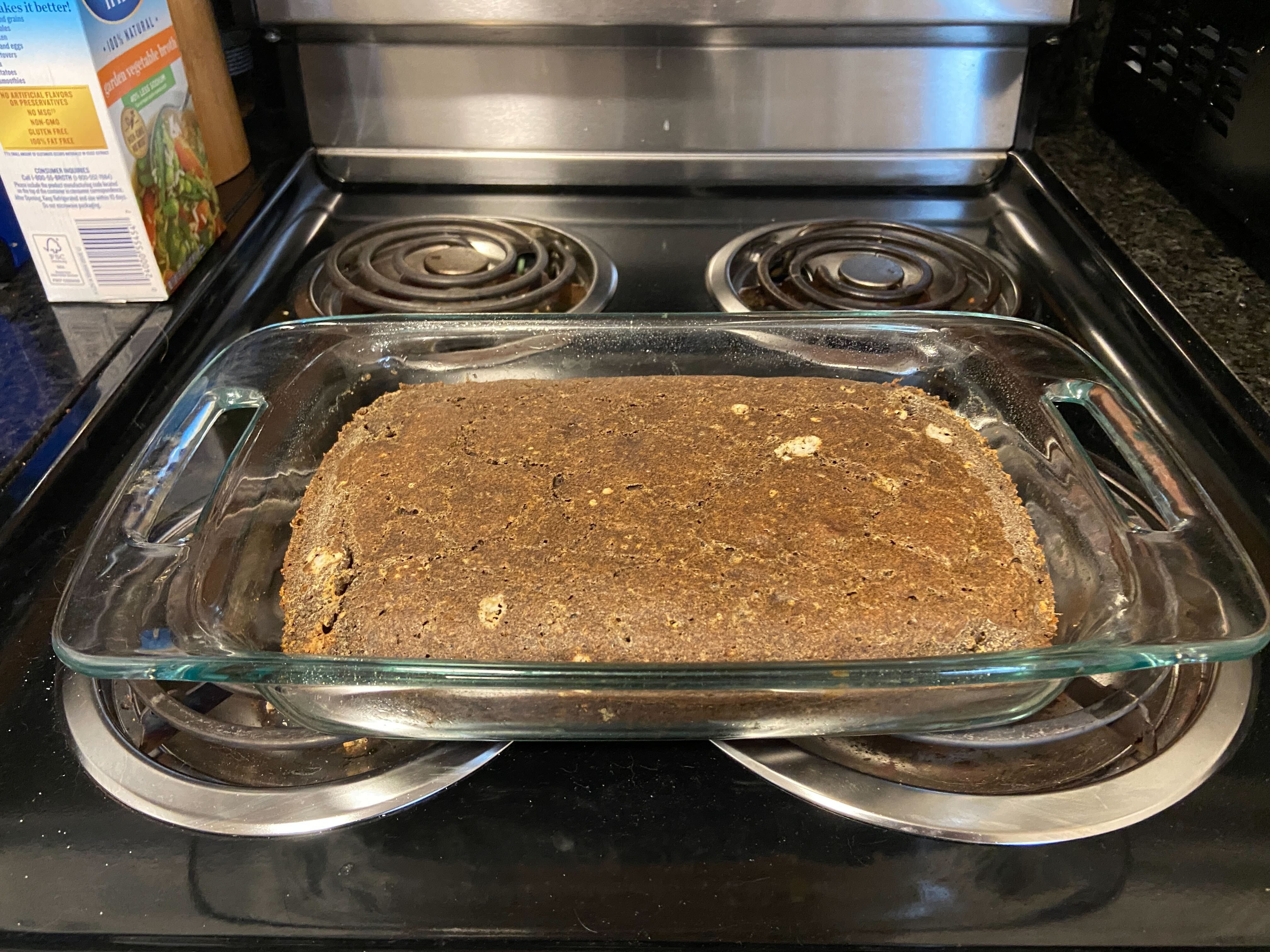
Somewhere in the middle of whipping the egg whites I tried to figure out exactly why I was going on this journey. The PlayStation 5 is a technical beast of a machine, we all know that. Is a recipe for baked goods buried in the background of a setpiece really that important in the world of game development?
Around the same time I realized I would have to make two compromises on this recipe: first, I am terrible at whipping egg whites. And second...whatever evil genius at Insomniac Games who dropped this recipe into Aunt May's home neglected to add a temperature or bake time (I would guess for localization or legal reasons). With no literal explanation I was left to guess that May Parker had a "just wing it" attitude toward baking.
Buried in that second thought is the seed of what made this recipe live rent-free in my head for many days: Whether I'd baked the wheatcakes or not, this recipe card tells me something about May Parker. It's one of many unique objects in the house that deliver tiny nuggets of environmental storytelling. In Peter's old room upstairs, some such objects include artifacts of Spider-Man's classic origin story—more high-profile examples of the kind of effort invested in the recipe card.
(Here's a fun wrinkle—for whatever reason, the environment artist responsible for Peter's room left a second copy of the card on a corkboard over Peter's desk. Either we're supposed to infer Peter really loved his aunt's wheatcakes or this was a case of the team needing existing assets to fill out a space.)
Now look, a stained recipe card and notes left on it by Aunt May give me a taste of the matronly vibes that have tended to be associated with the character, but what did the taste tell me. What was it about May's wheatcakes that made them so...famous?
My guess: Aunt May was the only woman on the block using buckwheat in her recipes, and the tangy taste it left behind had all her neighbors talking. Thankfully the spongey texture and tag-team efforts of buttermilk and molasses reined in the rogue grain and made it a delightful side for other dishes.
Once I saw the wheatcake recipe, I couldn't stop looking at every corner of Marvel's Spider-Man 2 and marveling (pun...intended?) at what I found.
Small displays used by Kraven the Hunter's goons don't just have blurred lines of scrolling text, they have actual legible software interface you can look at and read for yourself.
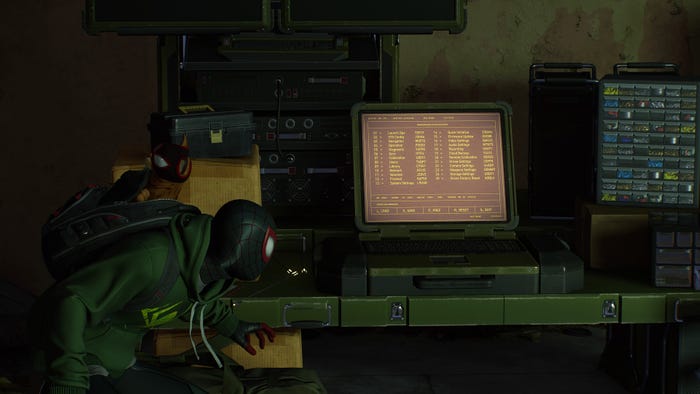
Image via Sony
Store-level shops in some parts of New York city have been given a facelift when compared to Marvel's Spider-Man and Marvel's Spider-Man: Miles Morales. They feel fuller and get closer to approximating a real shop you could walk into.
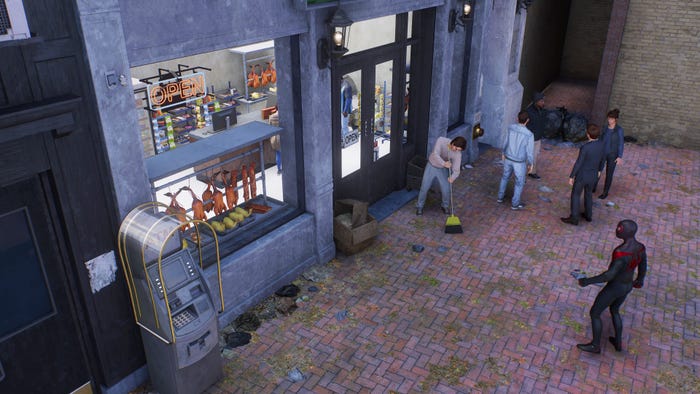
Image via Sony
And that's to say nothing about a very beautiful returning feature from the first two games—the presence of eye-grabbing murals across the New York City landscape. Some are fun nods to the history of Spider-Man...
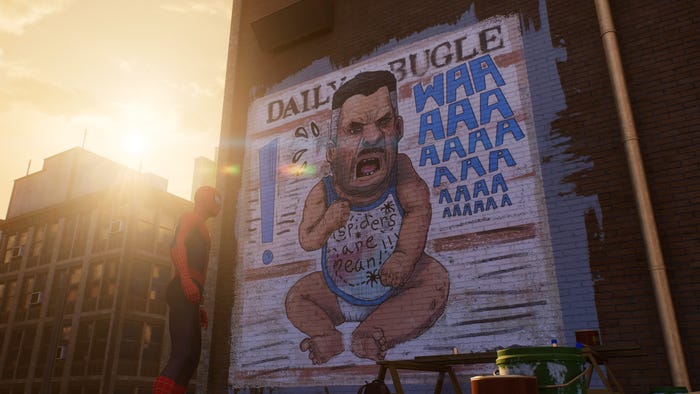
Image via Sony
Others are original pieces that would catch my eye if I was strolling through downtown in real life.
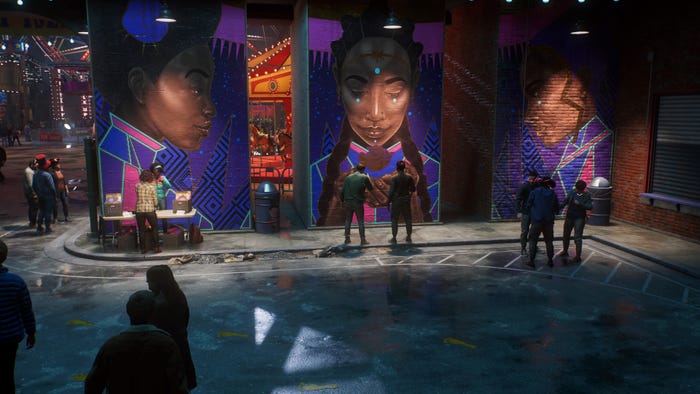
Image via Sony
An old story about Insomniac Games stuck with me as I poured over these unique spaces. In 2016, former Ratchet & Clank scribe TJ Fixman told a tale about a boxing glove gag in Ratchet & Clank: Tools of Destruction that he dropped as a throwaway joke in a script that led to a multi-department meeting to debate the cost of designing, rigging, and animating said glove for a single scene.
Fixman's tale was about the differences in screenwriting for film versus screenwriting for games, but it's stuck in my mind as a lesson about the high cost of making mundane objects in video games. A recipe card doesn't demand animation, but it comes with challenges of its own. Someone has to write the recipe in question. Someone has to get the recipe on the card, add materials and detailing to the card itself, and make sure it's still legible.
Someone else has to make sure said recipe card isn't the one asset shooting over the art team's memory budget. Someone in the clearance department needs to check the recipe card and ensure it doesn't raise any legal weirdness, and someone in Localization needs to determine if this text needs to be localized for other territories.
I may have added too many people to the workflow there (or not enough!), but the most important fact is this: such a mundane object is just doable now in games with big enough budgets, assumingly without excess strain on the art team.
This does feel like a mile-marker for what graphics artists and engineers have achieved in the world of video games. Tech evangelists and console salespeople want to spotlight the biggest gains in graphics (and for good reason!) but the small details like these—the mundane ones that give game worlds a sense of character—these are the ones can leave an imprint on players.
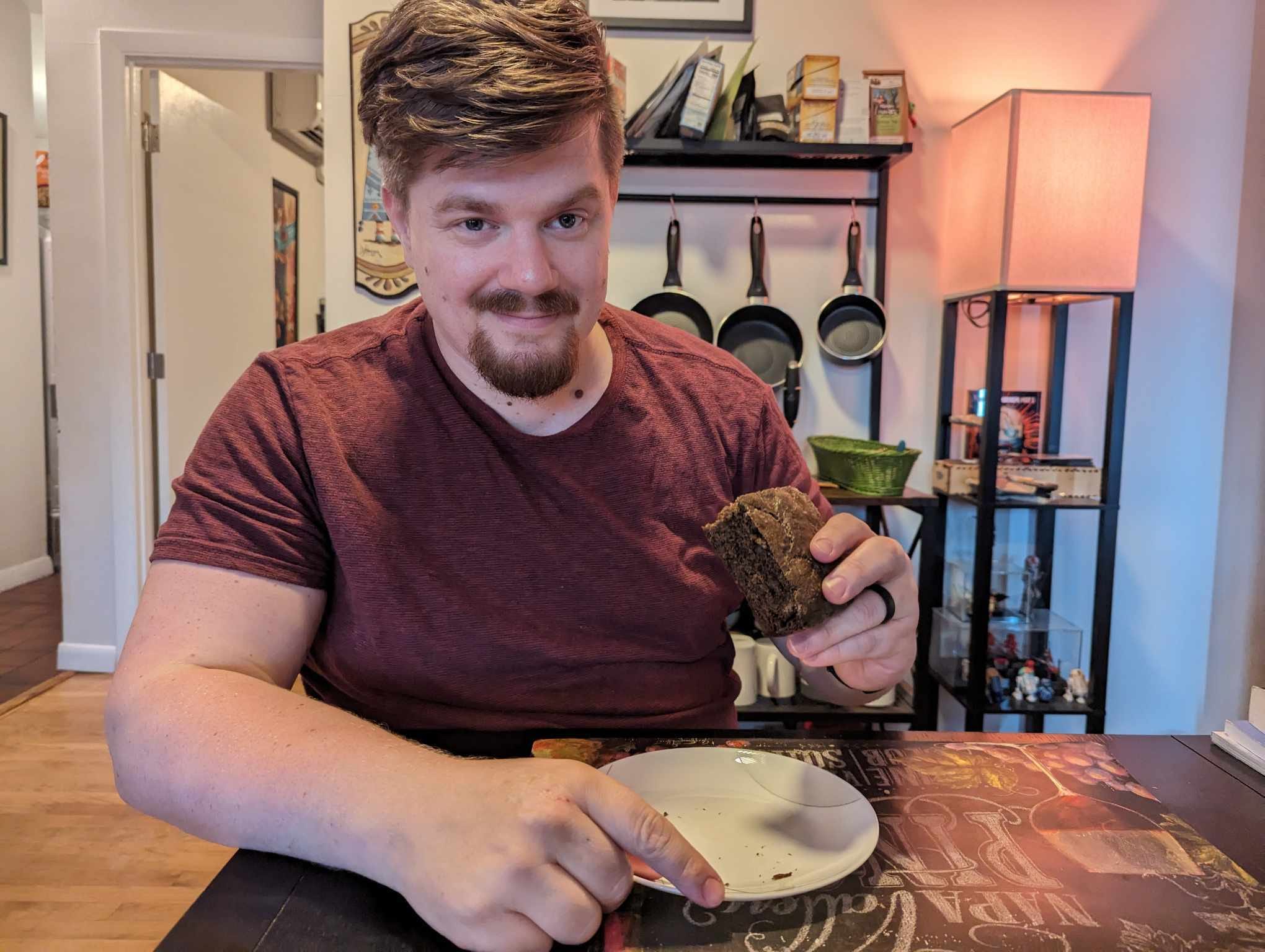
And luckily most of them won't need to go out and bake some wheatcakes themselves to feel the impact.
Read more about:
FeaturesYou May Also Like